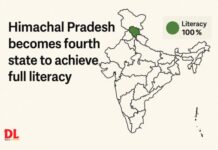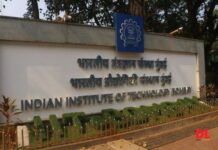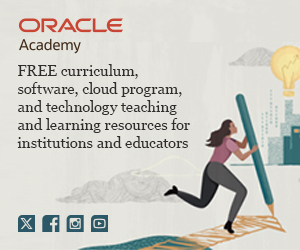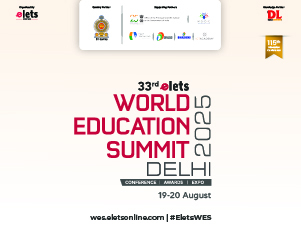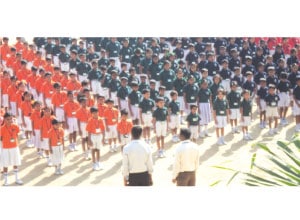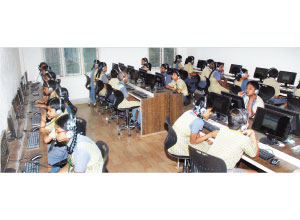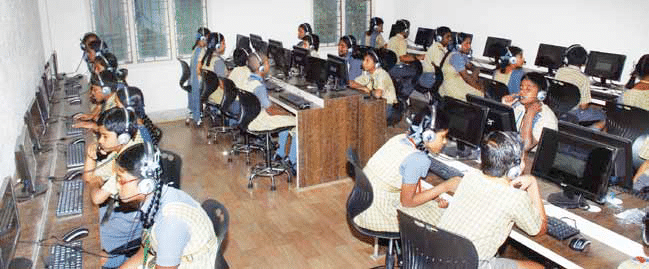Principal: Reena John
Reena John has done her doctorate in economics. A merit holder in her Graduation and Post Graduation, she has been in the field of education for the last 15 years. The school is focussed on helping students who are not financially strong. She has to her credit many achievements in social and cultural activities. Modern digital teaching tools have brought a new kind of vibrancy to the process of learning. With digital mediums like multimedia, 3D, etc teachers find it much easier to teach difficult subjects to their students. The school has already installed Iken Library from Mexus technology. This system is liked by our teachers and students. In the coming years, we are will be deploying a broader range of digital technologies in our classrooms. Currently we are having one computer for every five students in our school.
Vision Statement
Our aim is to inculcate all kinds of practical skills in our students so that they are able to race ahead in life.



